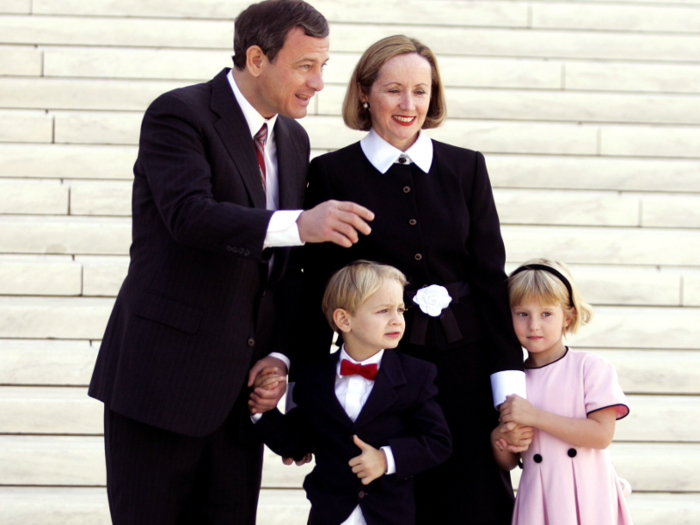- Home
- slideshows
- miscellaneous
- The life of John Roberts Jr., the Supreme Court's youngest chief justice in 200 years
The life of John Roberts Jr., the Supreme Court's youngest chief justice in 200 years
John Roberts was born on January 27, 1955 in Buffalo, New York. He and his three sisters were raised in Indiana, where his father John Sr. was a plant manager for Bethlehem Steel. His intelligence was obvious right away — he regularly got perfect marks in elementary school.

He grew up in a Catholic household that was, according to his mother Rosemary, concerned about news and the world. "We have always been a family that was interested in things other than ourselves," she told The New York Times.

Source: The New York Times
At 13, he sent a letter to an elite Catholic boarding school called La Lumiere, asking to be admitted. He wrote, "I've always wanted to stay ahead of the crowd. I won't be content to get a good job by getting a good education, I want to get the best job by getting the best education."
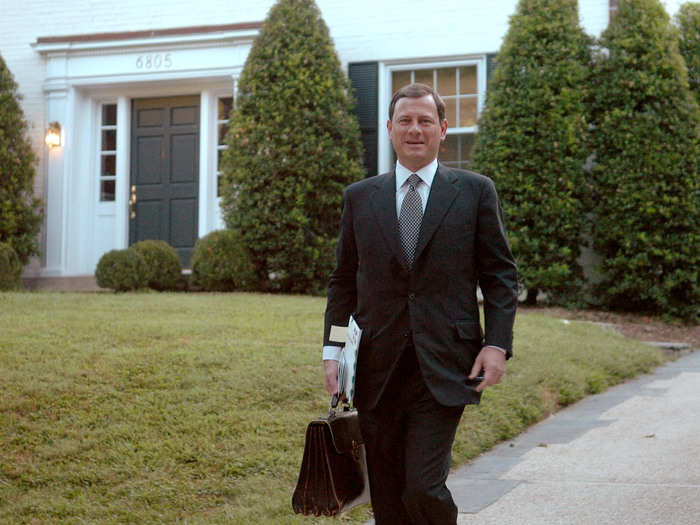
Source: The Atlantic
Roberts got into La Lumiere, where jackets and ties were required. He was captain of the football team, and an excellent student. In his junior year he played Peppermint Patty in the play "You're A Good Man, Charlie Brown."

Source: CNN, The New Yorker, The New York Times
He was studious. One time he dominated several classes explaining a book report he'd written on seven philosophy books. In contrast, his classmates did their best to speak for a few minutes. One of his peers told The New York Times that when Roberts got something wrong people were quicker to believe it was the teacher's mistake.
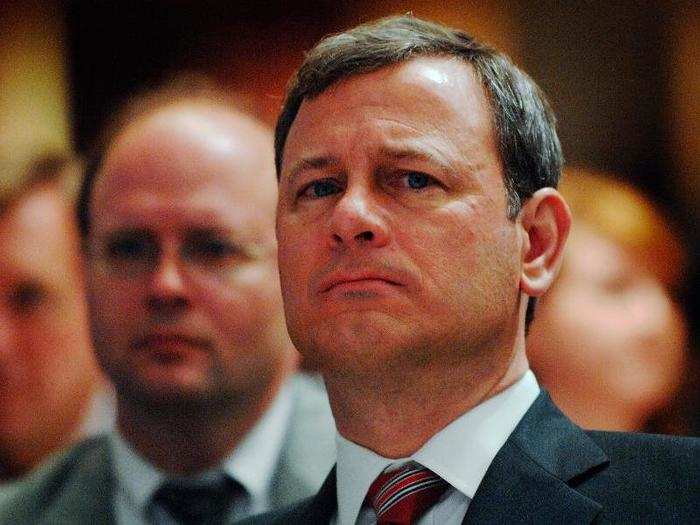
Source: The New York Times
After high school, he studied history at Harvard University. His dream was to be a history professor. In 1976, he graduated summa cum laude after just three years. But instead of teaching, he chose law. He went on to Harvard Law School, and graduated magna cum laude.
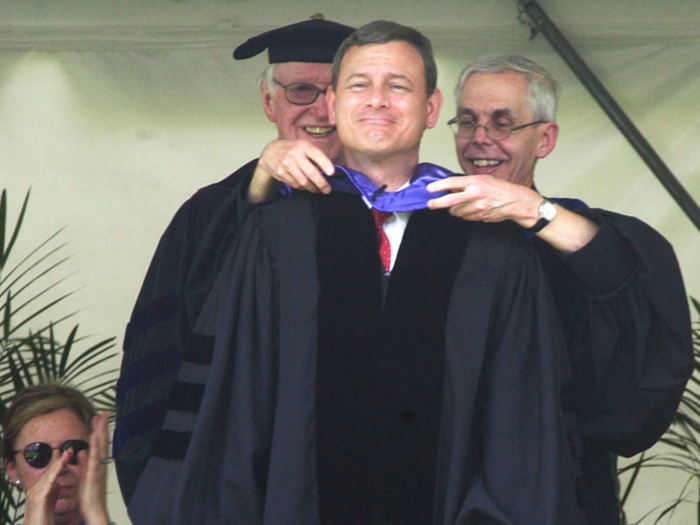
Sources: The New Yorker, The Atlantic, The New York Times
While campuses were still feeling the effect of the liberal 1960s, Roberts was a bit of an outlier. He wasn't overly political, but he was conservative. His respect for institutions can be seen throughout his life — from the Catholic Church, to Harvard, to the White House, and finally, the Supreme Court.
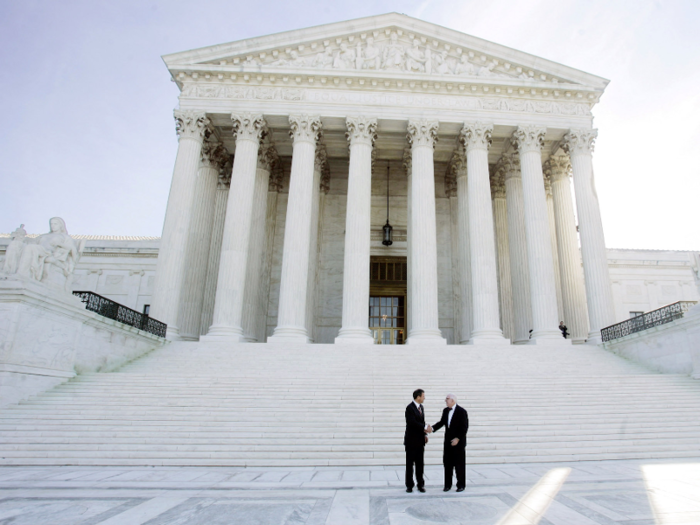
Sources: The New Yorker, The New York Times
In 1979, he clerked on the New York's federal court of appeals under Henry J. Friendly. Roberts was one of his favorite clerks.
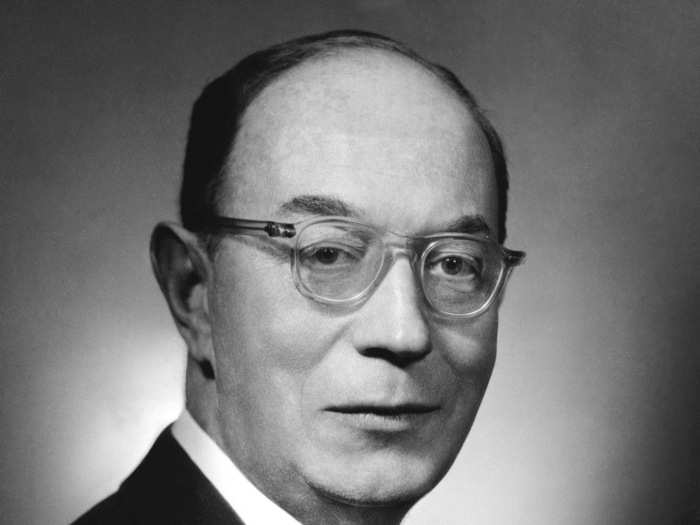
Sources: The New Yorker, The New York Times
He then clerked for the conservative Supreme Court Associate Justice William H. Rehnquist. This was a pivotal job. It got Roberts noticed, and marked as "someone who could be trusted," Steven Teles, a political science professor, told The New Yorker.
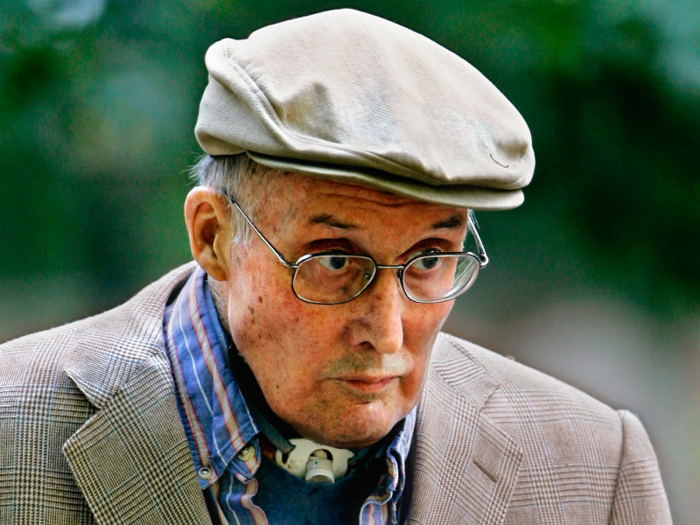
Source: The New Yorker
In a speech about Rehnquist in 2009, he said the first lesson he learned from him was that "clothes do not make the man."
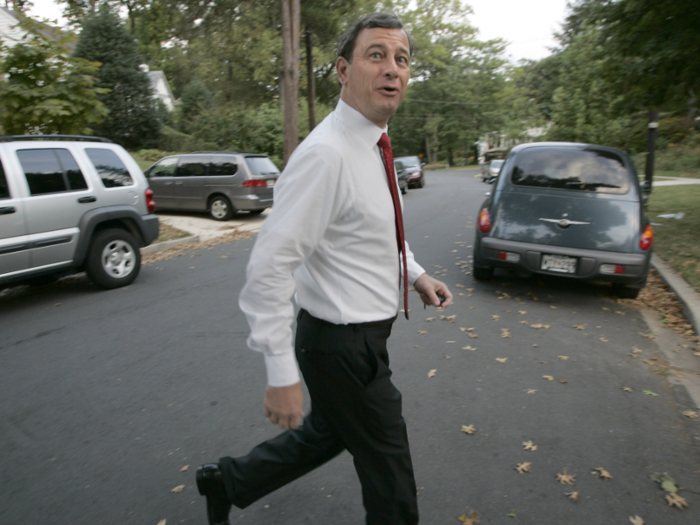
Source: The New Yorker
In 1981, he entered the White House during Ronald Reagan's tenure. For a year he was an aide to Attorney General William French Smith. Then, from 1982 to 1986, he worked in the counsel's office. He was in the administration in a time when its legal team was trying to push laws to the right.
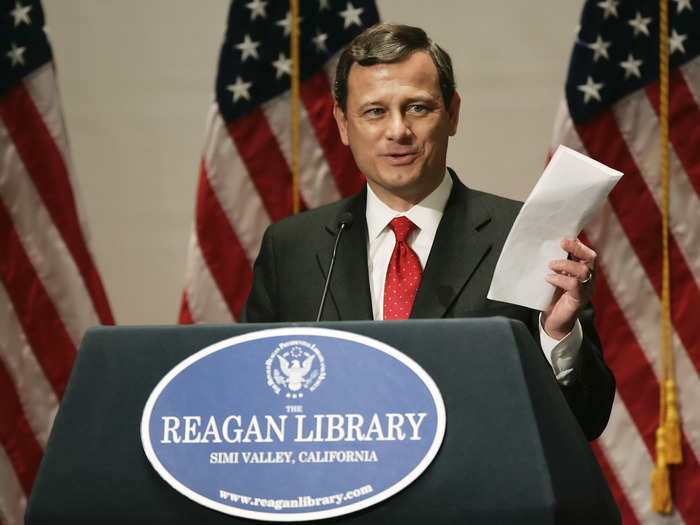
Sources: The New Yorker, The New York Times, The New York Times, CNN
Files released from his time in the White House showed his quick wit. In one memo about a college professor who was afraid of landing on a blacklist, he wrote, "Once you let the word out there's a blacklist, everybody wants to get on." It also showed he could make mistakes — he spelled Havana, Cuba's capital, wrong three times.
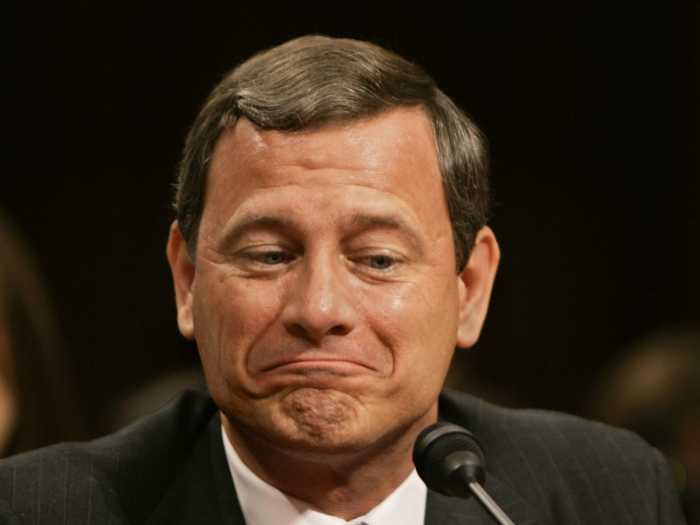
Source: The New York Times
In 1986, he started working at Hogan & Hartson, a law firm in Washington. He worked there until 1989, and then again from 1993 to 2003. He represented big corporations, as well as groups like the National Mining Association. By the time he became a judge, he was earning more than $1 million a year.
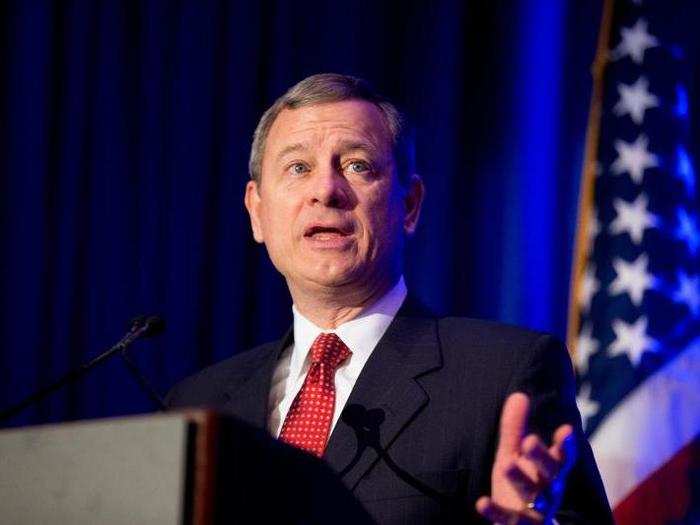
In between, he worked for former President George H.W. Bush's administration as principal deputy solicitor general from 1989 to 1993. One memorable brief he wrote said Roe v. Wade was "wrongly decided and should be overruled," because there was no basis for the decision in the constitution.
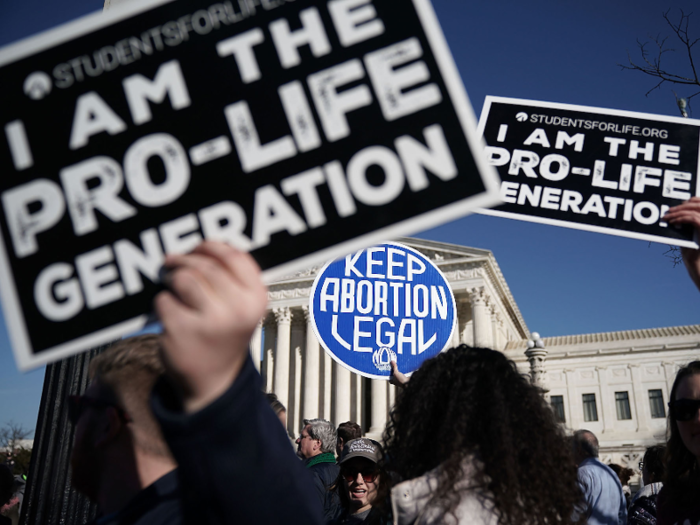
In 1996, he married lawyer Jane Marie Sullivan, another practicing Catholic. She was also was a board member of an anti-abortion group.
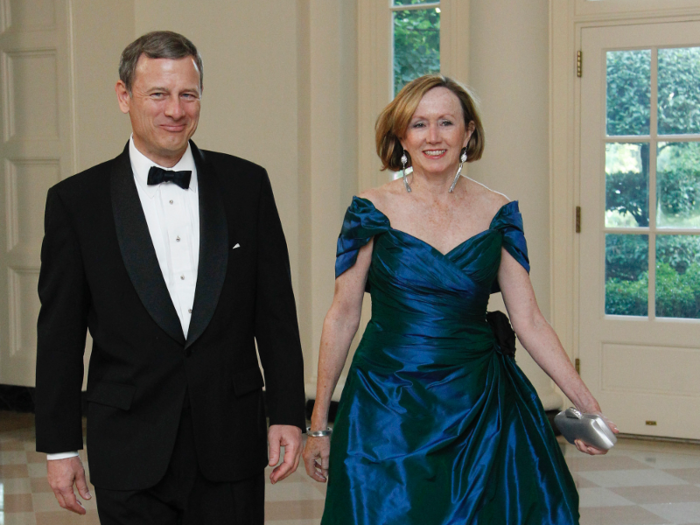
Over his career as a lawyer, he won 25 out of the 39 cases he argued before the Supreme Court.
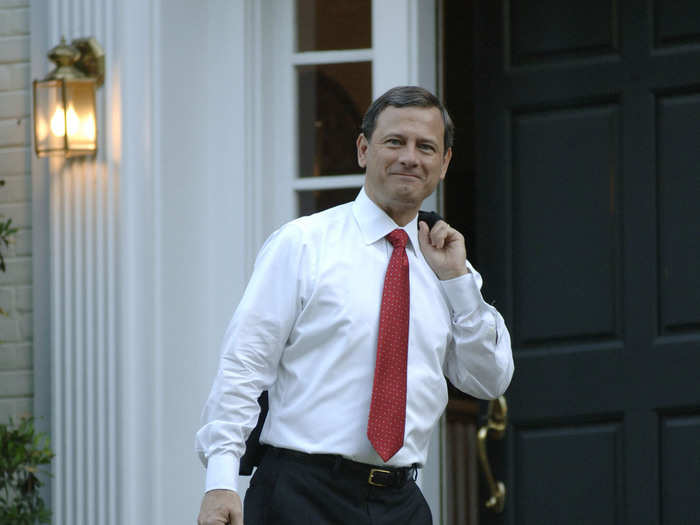
Sources: CNN, CNN, The New York Times, The New York Times
In 2003, former President George W. Bush made him an appeals court judge. It was his third nomination; the other two had failed.
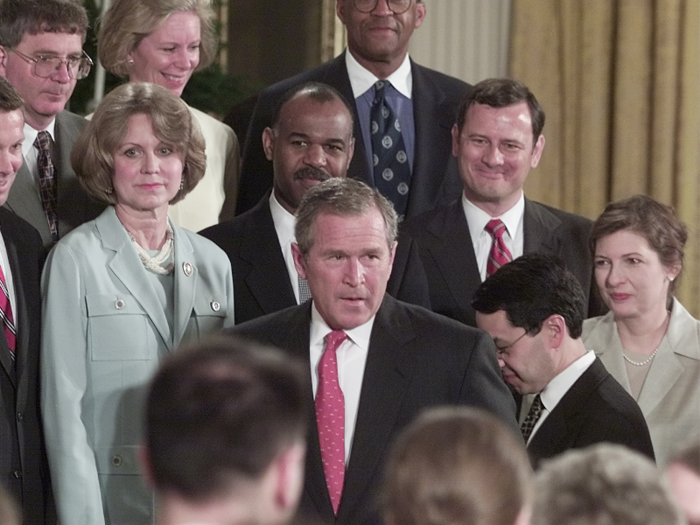
Sources: The New York Times, ABC News
Two years later, Bush nominated Roberts, at age 50, to replace Supreme Court Associate Justice Sandra Day O'Connor. But it didn't happen.
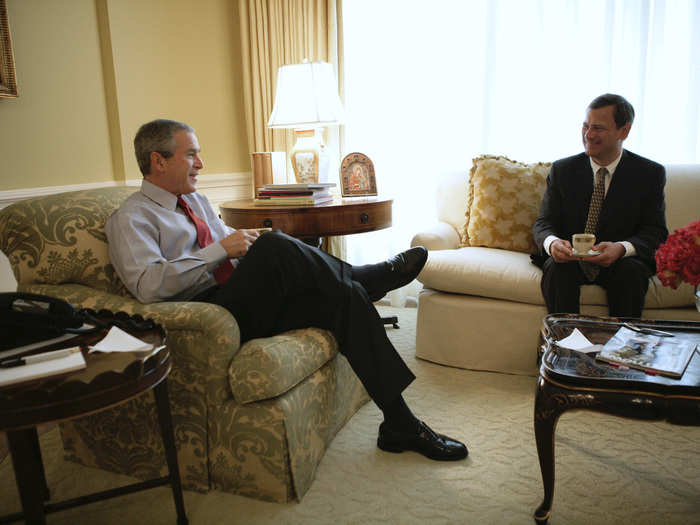
Source: CNN
Chief Justice William Rehnquist, Roberts' old mentor, had died, and Bush switched his nomination to have Roberts replace Rehnquist. He dismissed concerns about his age, and in his memoir, wrote, "Beyond the sparkling resume was a genuine man with a gentle soul."
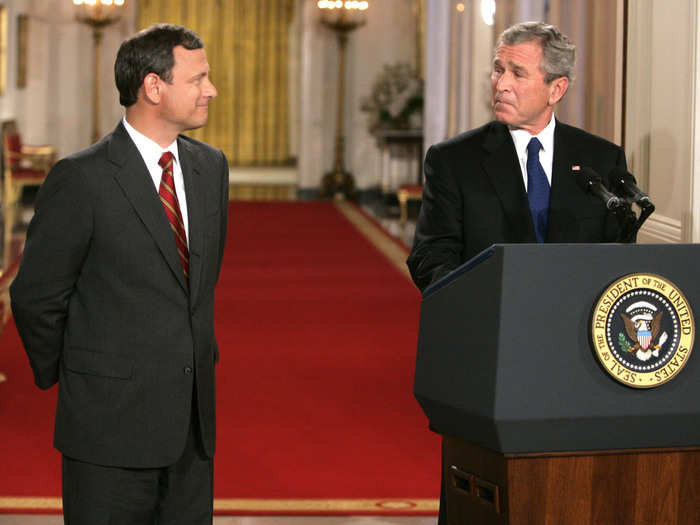
Source: CNN
Brett Kavanaugh, who was then Bush's staff secretary, helped the president decide on his nomination. He told Bush to choose the person who would be "the most effective leader on the court — the most capable of convincing his colleagues through persuasion and strategic thinking."
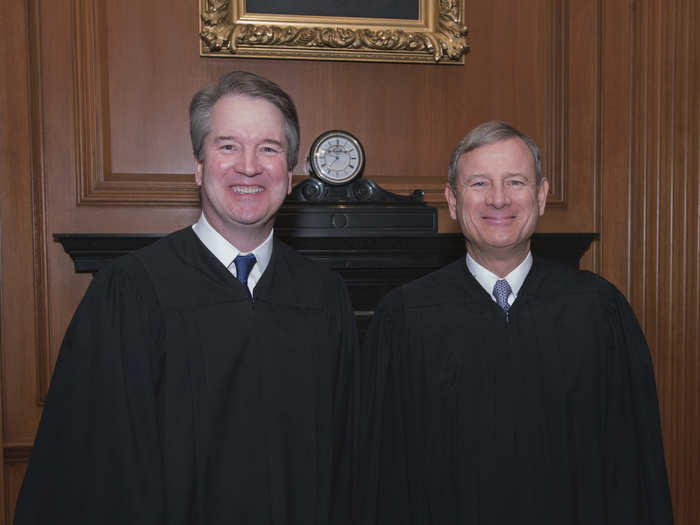
Source: CNN
During the confirmation hearing, Roberts argued the role shouldn't be political. He told senators: "Judges are like umpires. Umpires don't make the rules. They apply them. The role of an umpire and a judge is critical. They make sure everybody plays by the rules. But it is a limited role. Nobody ever went to a ballgame to see the umpire."
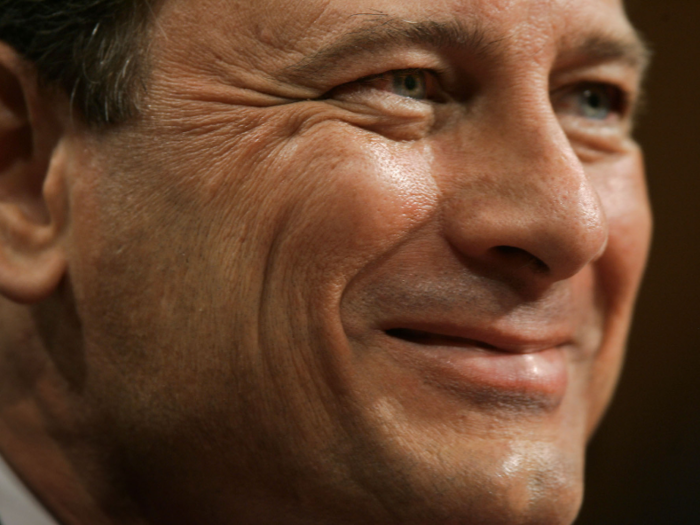
Source: The New Yorker
Rep. John Lewis fought the nomination, and said Roberts had been on the "wrong side of history."
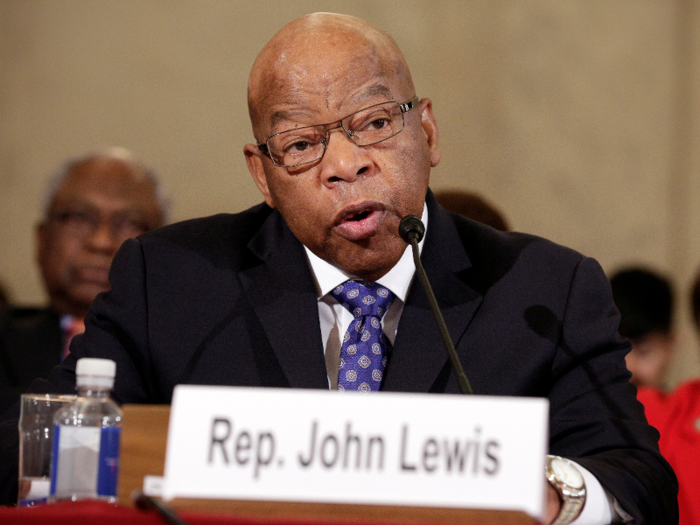
Source: The New York Times
There was another well-known dissenter that day. Then Sen. Barack Obama said, "When I examined Judge Roberts's record and history of public service it is my personal estimation that he has far more often used his formidable skills on behalf of the strong in opposition to the weak."
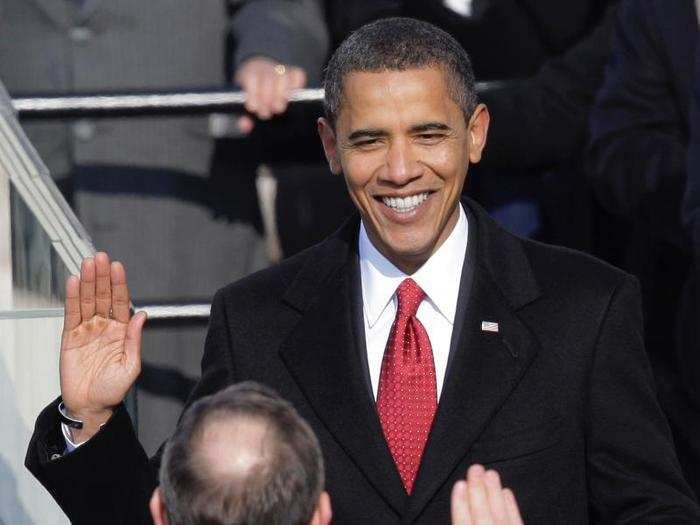
Source: The New York Times
Despite their dissents, the senate voted 78-22 to confirm Roberts. In 2005, he was sworn in as the youngest chief justice in 210 years.
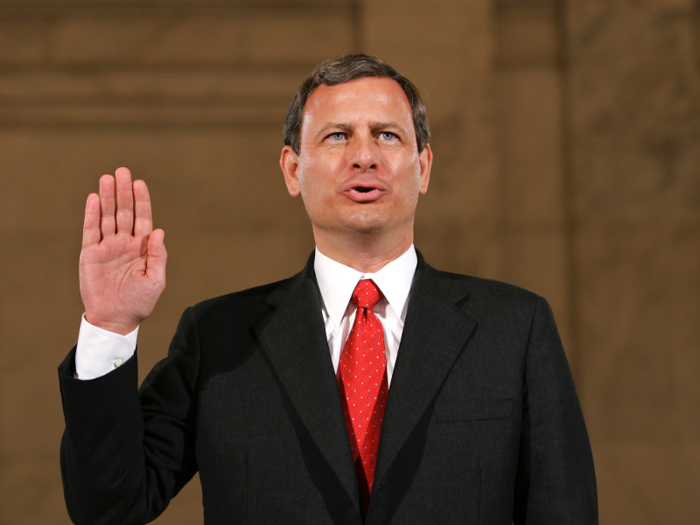
Sources: Supreme Court, CNN, CNN
According to The New York Times, although he was undoubtedly conservative, by becoming the leader of the Supreme Court, he might have been moved a little more to the political center.
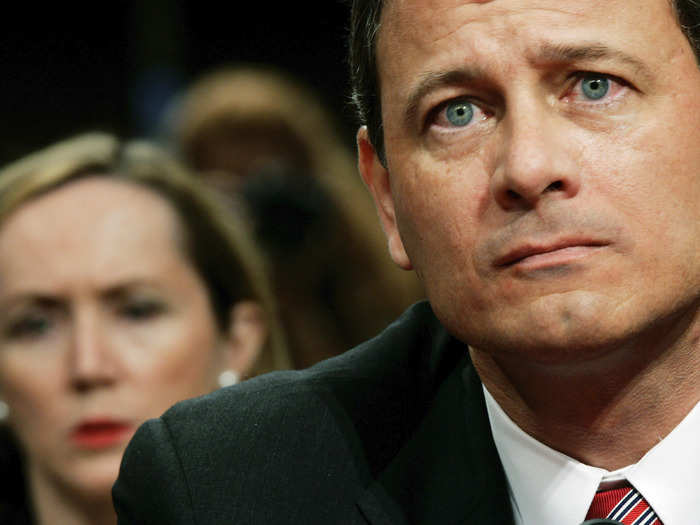
Source: The New York Times
His responsibilities to the court meant he didn't want it to appear overly political. As Garrett Epps wrote for The Atlantic, "Roberts exudes a quality of wary watchfulness, for all the world like a tight-lipped headwaiter supervising dinner rush at a four-star restaurant."
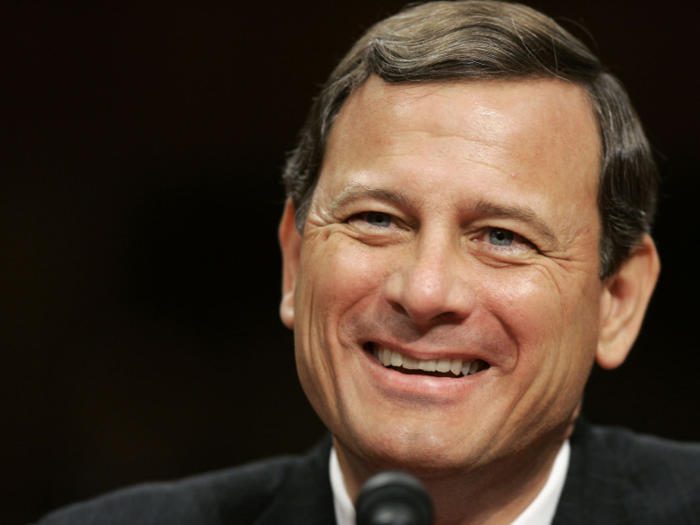
Source: The Atlantic
Roberts has written some important opinions. Some of the defining cases during his tenure have been about healthcare, spending in political campaigns, and the right to bear arms.
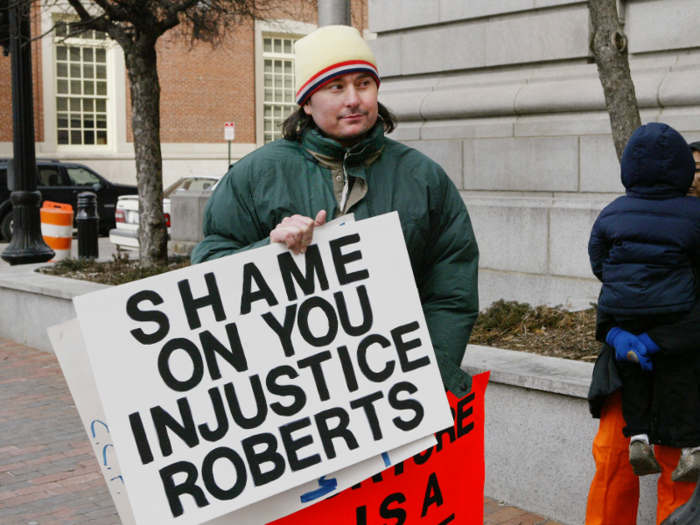
Sources: The New York Times, The New York Times
Roberts' first big opinion was dismissing a school integration plan in Seattle in 2007. He also featured in a dissenting opinion about forcing the EPA to take on climate change.
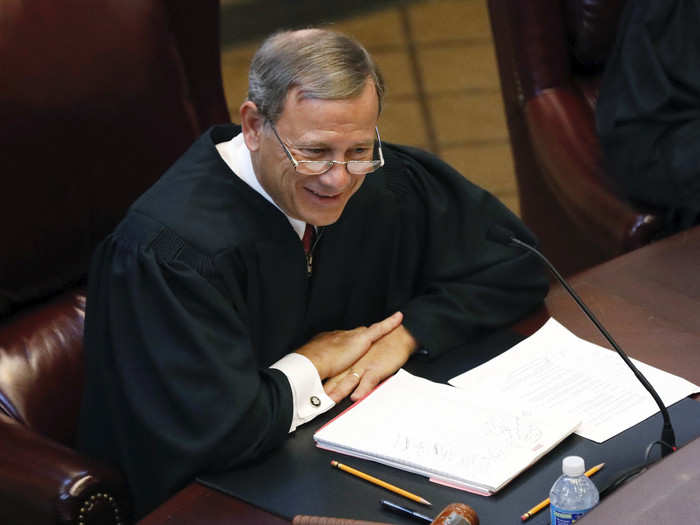
Source: The New Yorker
In July 2007, Roberts was hospitalized after he had a seizure while at his holiday home in Maine. He had one 14 years earlier, but the cause was unknown. He fully recovered.

Source: The New York Times
In 2008, he voted with the majority in District of Columbia v. Heller, expanding the Second Amendment making it legal for individuals to own guns.
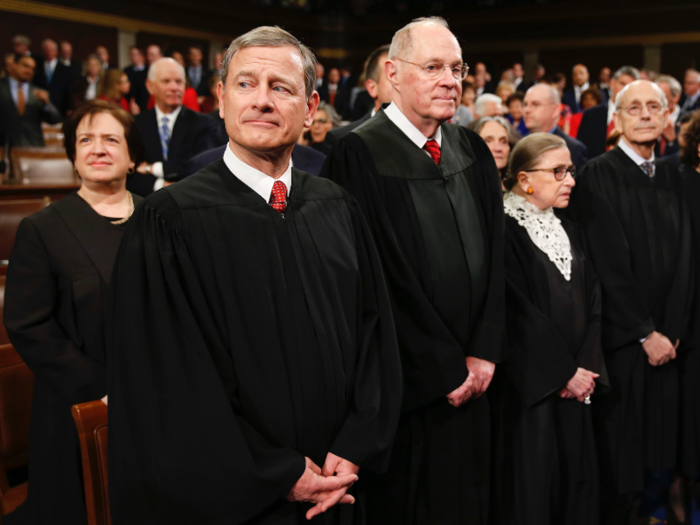
Source: The New York Times
In 2012, Roberts was the deciding factor in the future of the Affordable Care Act. His vote saved Obamacare from being struck down. It was controversial — he was applauded by liberals, and attacked by conservatives.
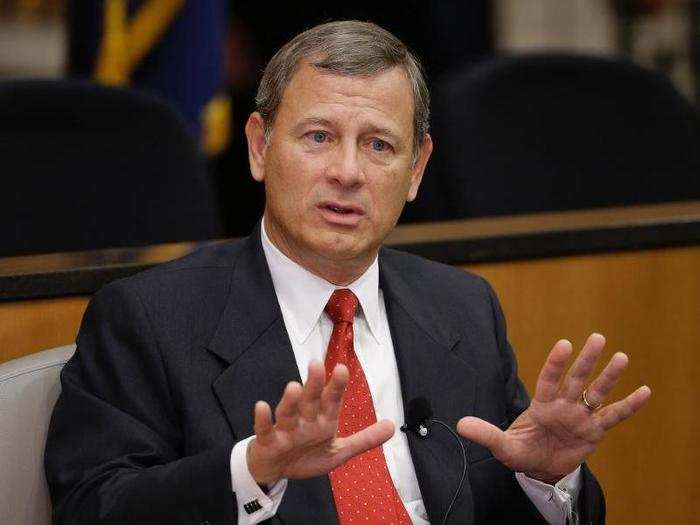
Sources: The Atlantic, CNN, The New York Times
In 2015, he dissented against recognizing a constitutional right for same-sex marriage in Obergefell v. Hodges. "This Court is not a legislature," he wrote. "Whether same-sex marriage is a good idea should be of no concern to us."
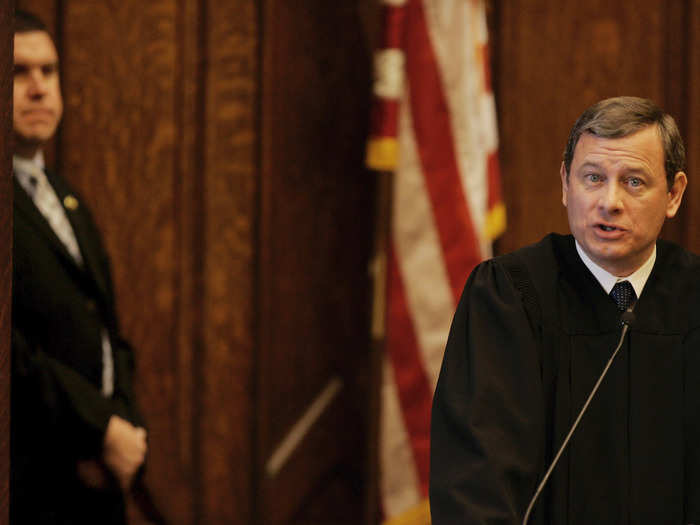
Sources: Supreme Court, The New York Times
Even with all of these opinions, he's said he was born in the wrong era because there was no longer as much room to "decide the great questions," according to The Atlantic.
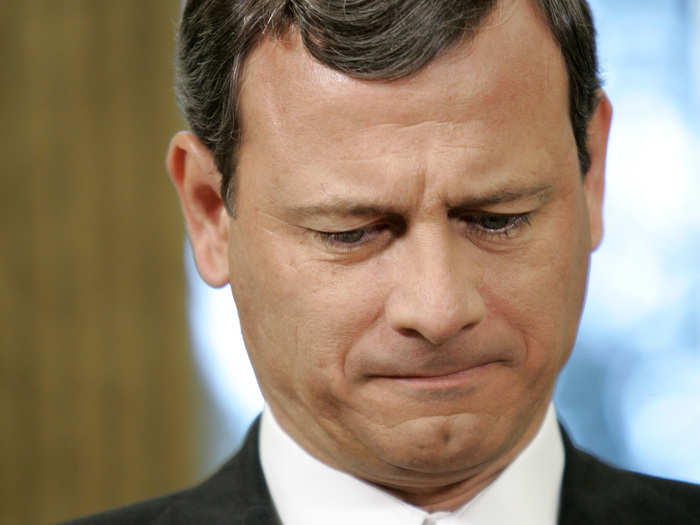
Source: The Atlantic
In 2018, Justice Anthony Kennedy — long the tiebreaking vote on the court's hot-button cases — retired. President Donald Trump appointed conservative justice Brett Kavanaugh to take his seat.
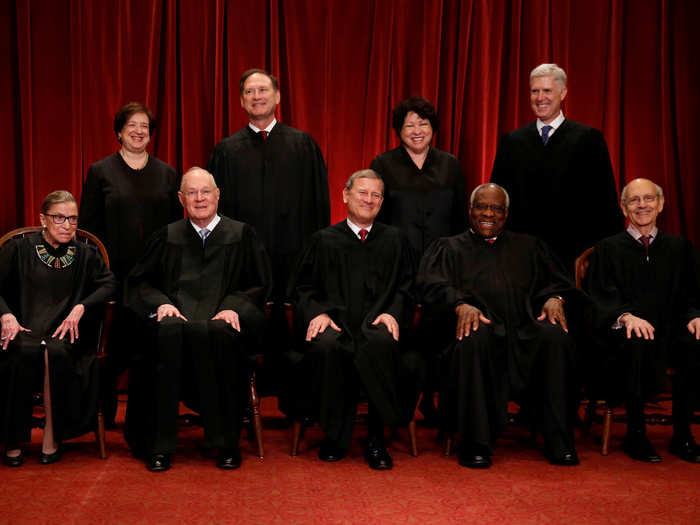
Sources: The Atlantic, The New York Times
This shift made Roberts' vote the new deciding factor in many close cases. As The New York Times wrote: "the law is likely to be what he says it is."
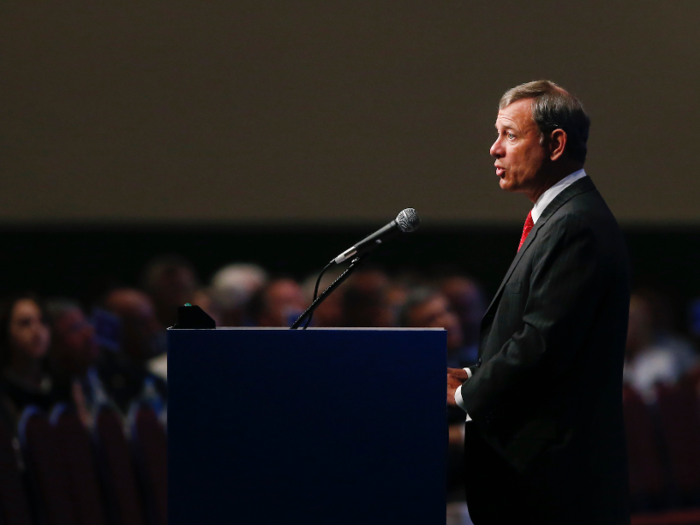
Sources: The Atlantic, The New York Times
Roberts and President Donald Trump have clashed. Trump called him an "absolute disaster." But in November 2018, after Trump attacked judges for being too political, Roberts came out swinging.
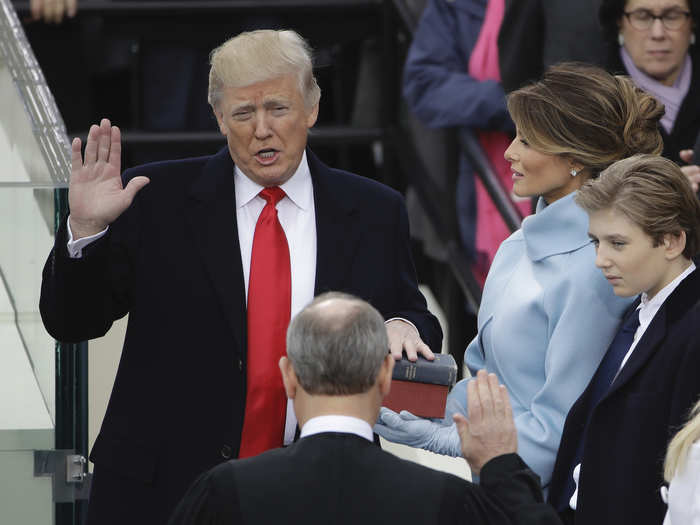
Sources: Washington Post, The New York Times
"We do not have Obama judges or Trump judges, Bush judges or Clinton judges," he said. "What we have is an extraordinary group of dedicated judges doing their level best to do equal right to those appearing before them. That independent judiciary is something we should all be thankful for."
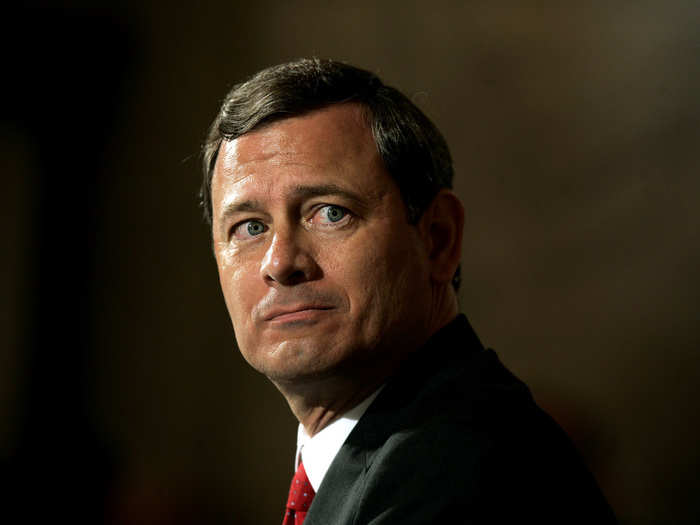
Source: Washington Post
In June 2019, he finally assumed "true leadership," according to The New York Times. This was because he had sided with liberals to stop the Trump administration from including a citizenship question on the census, and also sided with conservatives on an issue around voting districts.

In his 2019 annual end of year report, Roberts wrote, "We should reflect on our duty to judge without fear or favor, deciding each matter with humility, integrity and dispatch."
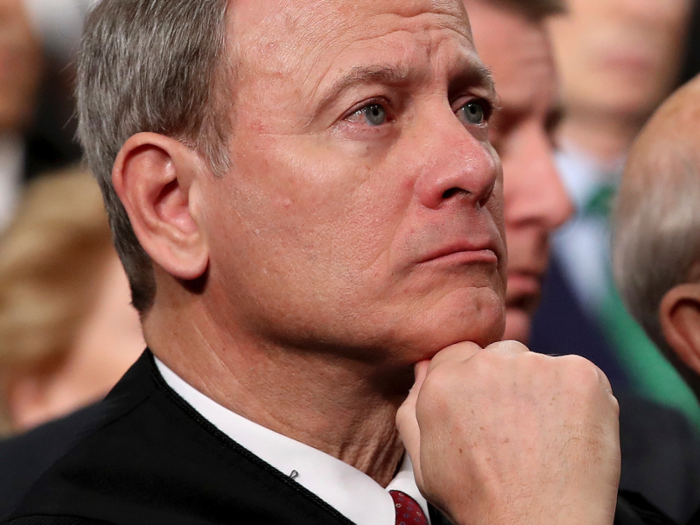
Sources: Politico, The New York Times
It's apt advice for his next job, which is to oversee Trump's impeachment trial in the Senate.
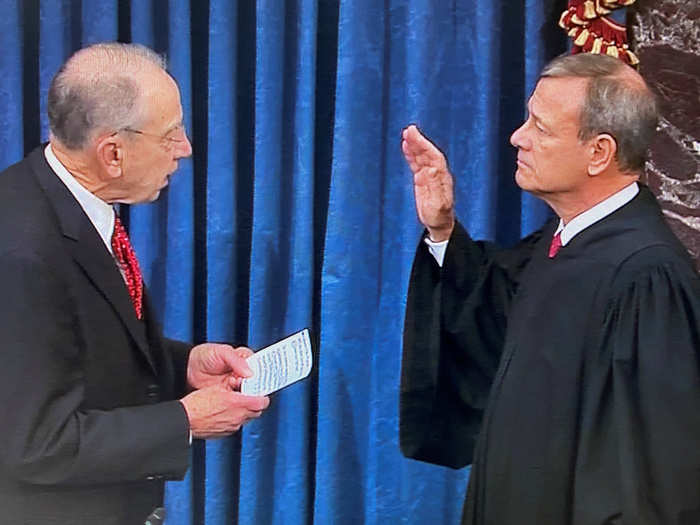
Source: Business Insider
During a case this month, Roberts' courtroom erupted in laughter when he questioned whether saying "OK, boomer," counted as age discrimination. It showed that even with the pressure that comes from the impending historic case, he's still got his sense of humor.
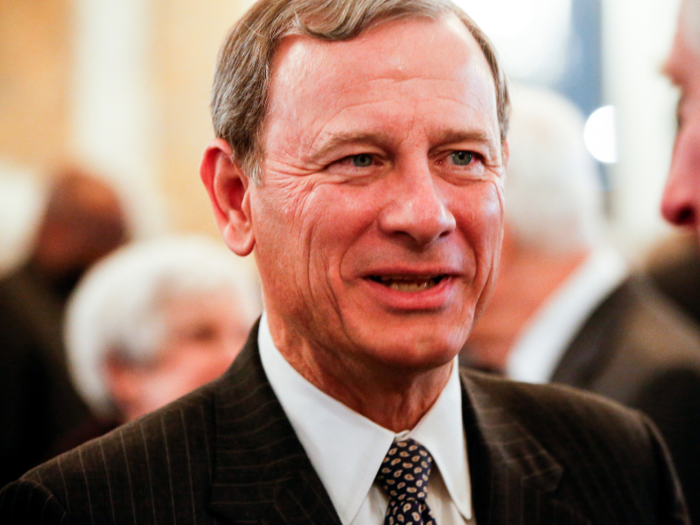
Sources: CNN, Business Insider
Popular Right Now
Popular Keywords
Advertisement
